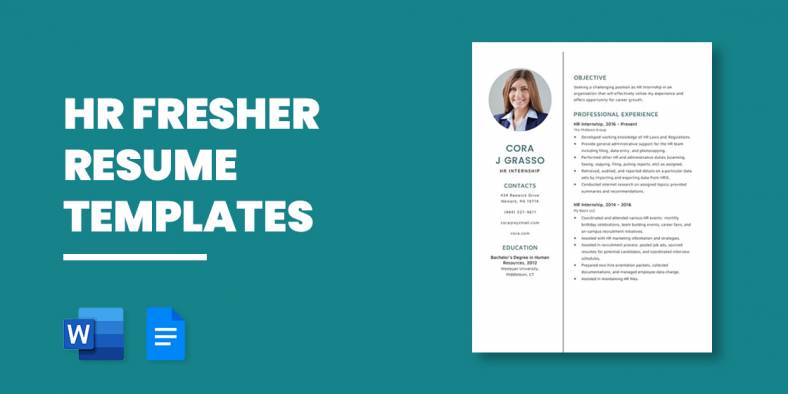
12+ HR Fresher Resume Templates
Writing an eye-grabbing Resume Format for someone who has no working experience in the field or any industry somehow sounds…
Feb 14, 2021
If there are people that wish to apply for jobs, then they’re going to have to show that they’re capable of handling the duties and responsibilities that come along with it. This means that they’ll need something that will show just how capable they are in terms of skill, education, and even in experience.
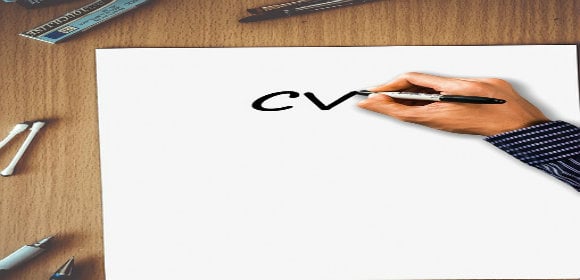
One of the best ways to do this is by providing potential employers with simple resumes that’s able to outline all the information that they need. And that’s why this article is going to teach you how to create one.
Should the time come that you have to make a resume, you’re going to have to make sure that it has all the information that you want to present to specific employers. What this means is that you will need to learn about the basic elements to guarantee that you’re able to make a proper resume cover. So long as you know what they are, the information will surely help you during the creation process.
So knowing that, here are the basic elements that every basic resume template will need:
1. Personal Information: The companies or organizations that you will be applying to will want to know about your identity. So it’s here where you will be sharing your name and your address (take note that the address may be omitted as it’s not always necessary).
2. Education: This is where you will need to point out the education that you have managed to achieve during your existence. Share information such as the name of the school, the year that you graduated, etc.
3. Work Experience: If you’ve had previous work experience, then you may want to write them down in the resume template. The decision as to whether or not you will want to do so depends entirely on the job you wish to apply for and whether it relates to the experience you’ve acquired.
4. Skills: These would be the skills you’ve inherited from your education, work experience, or what you’ve managed to learn on your own. Again, you may only want to point out ones that can help you acquire the job that you’re aiming for.
5. References: These would be people that potential employes willl want to contact to verify the information that you’ve written down in your resume. Make sure that whoever you list down as your references are ones that know you well, as well as those that you know you can trust.

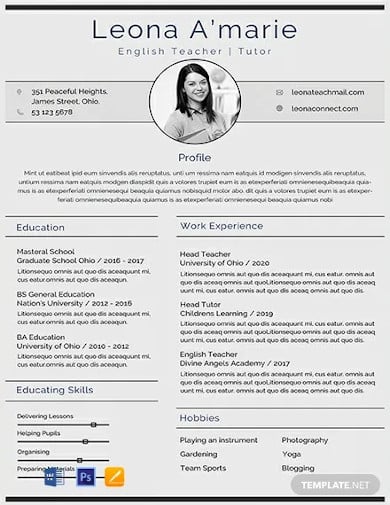

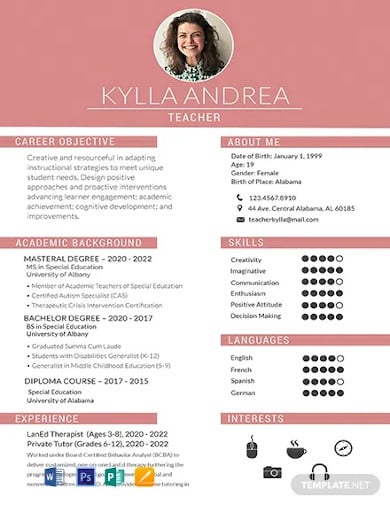
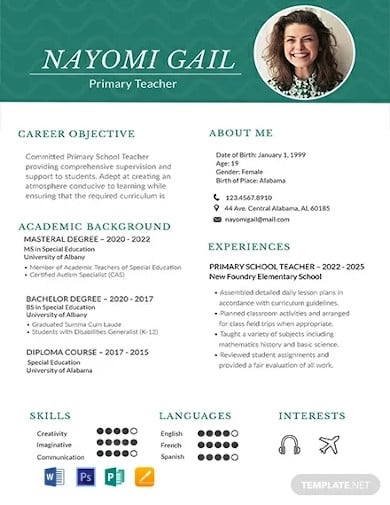
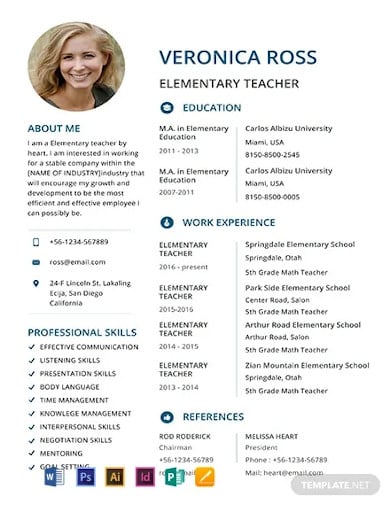
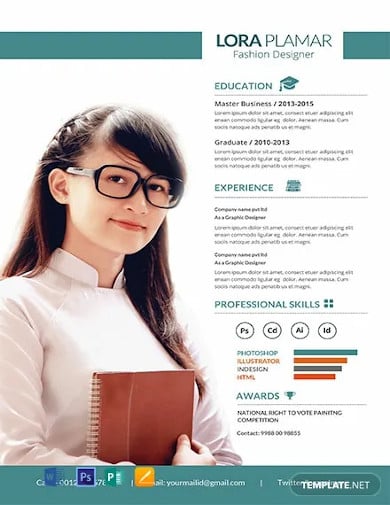

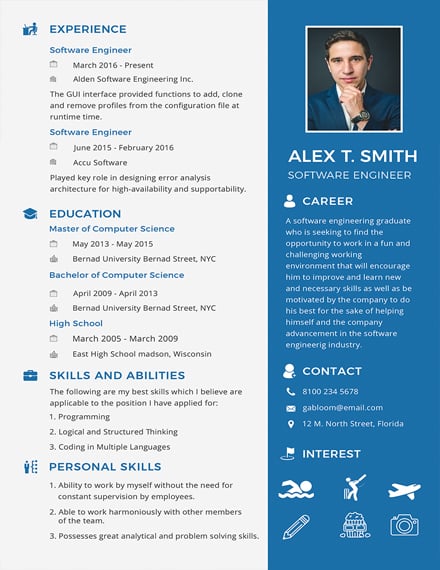
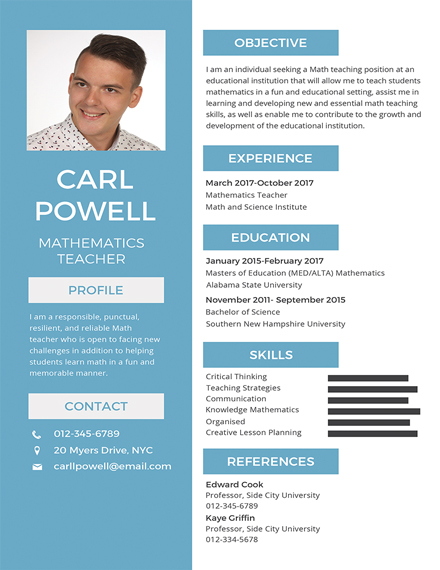

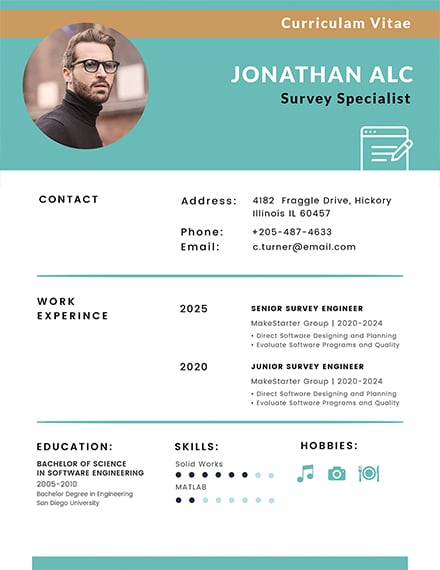
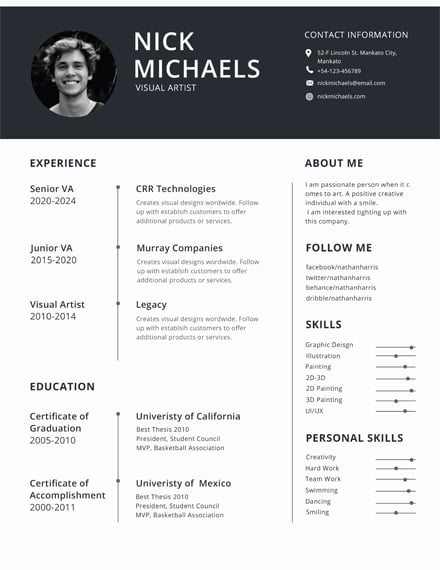
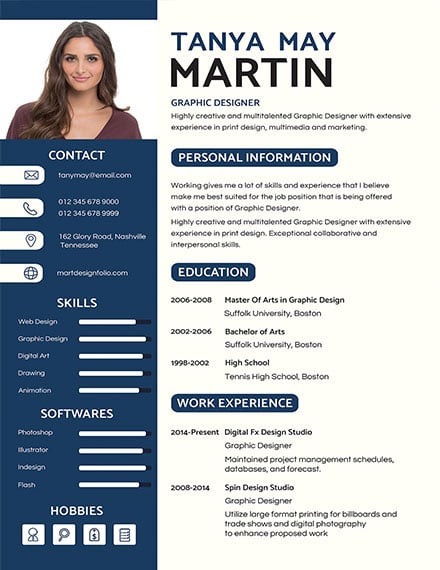
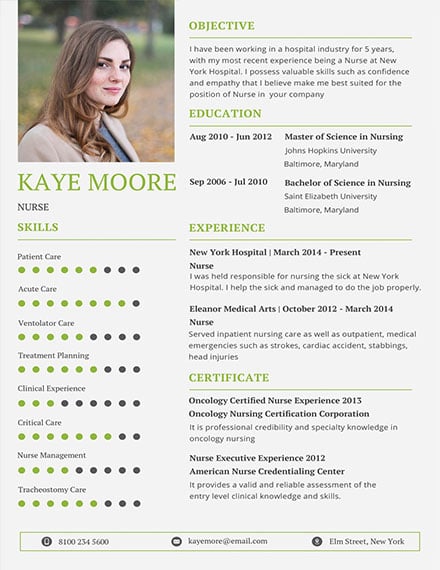

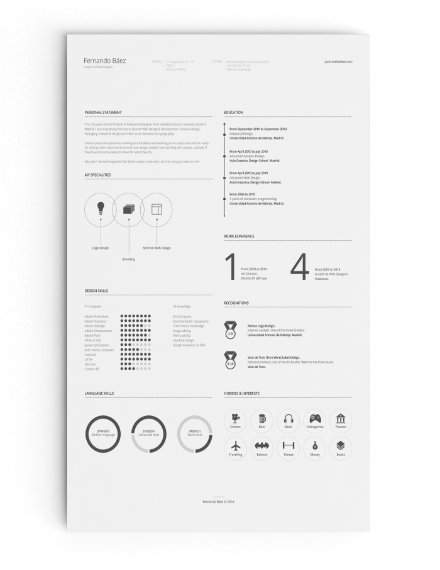

Learning how to make a simple resume is essential if one wishes to apply for a job. Knowing what’s inside of a resume can help, but you must also learn how you should go about in presenting the information in a way that looks both organized and professional. If you can manage to do that, then you can ensure that employers will take your application and resume seriously.
So with that in mind, here are the steps that will help you come up with a proper resume:
1. Download a program that will help you make one: Before you can even get started, you’re going to need a program that can help you make a resume. Considering that there are different file types such as resumes in Publisher, Word, and Excel, you may have to download more than one in order to make the one you want. However, when it comes to choosing, it’s all a matter if seeing which ones are easy for you to use, as well as ones that have all the tools that you’re going to need.
2. Choose a proper layout: When it comes to making one, know that there’s always going to be a layout that you will need to follow. The type that you choose will change the way that you present whatever information you’ve listed down in your resume. They would be the following:
3. Format your resume: You’ll want to go with a resume format that looks both organized and professional. So what you’re going to have to do here is to considering the following:
4. Write down the necessary and relevant information: When you’ve finished choosing the layout and the format, then you’ll have to write down everything that you want the resume to present. It’s here where you’ll just have to focus on the basic elements, as well as figure out how you wish to organize all the information. If you’re having trouble doing this, then just check out the resume samples that you can find just about anywhere online.
Considering that there are many different types of resumes, you should know that they’re meant for different types of job applications. It’s best that you know what they are so that you’ll have an idea as to the types that you’ll want to make for the right situation. So here are a few examples:
In the event that you would like to learn about the other types that you can make, then you simply need to go through our site until you are able to get the information that you are going to need.
When it comes to making just about any type of resume, then you should know that you must always stick to the standard size of 8.5 by 11 inches. This would be the typical size of an A4 or US. You’ll need to do this as this is the size that filing units are built to contain, the size scanners are by default set to process, and the size common manila envelopes are made to contain. Going with sizes that are even slightly larger or smaller is highly inadvisable.
As much as possible, it’s best that you keep your resume as simple as possible. Although there are some jobs that don’t mind a creative resume, it’s recommended that you stick to keeping it simple to give it that formal and professional feel.
Yes. All you’re going to need is a template of a Resume in Publisher format, a program that allows you to open it, and then make all of the necessary changes to ensure that the resume presents the information that you want it to.
So long as you know the proper steps in making a resume, then you won’t have to worry about it not being able to help you apply for a job. So make the most of the information that’s presented in this article to help you.

Writing an eye-grabbing Resume Format for someone who has no working experience in the field or any industry somehow sounds…
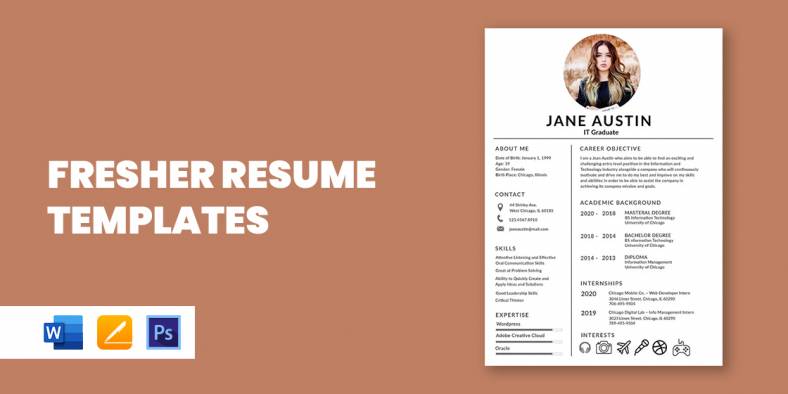
Graduating from college means you are now ready to enter the world of professional employment, but the only problem is…

Nurses work in a lot of different departments, for example, the operating room, oncology, critical care, ER, or labor and…

When writing a resume, whether you are applying for the position of a bookkeeper, auditor, or cashier, you need to…
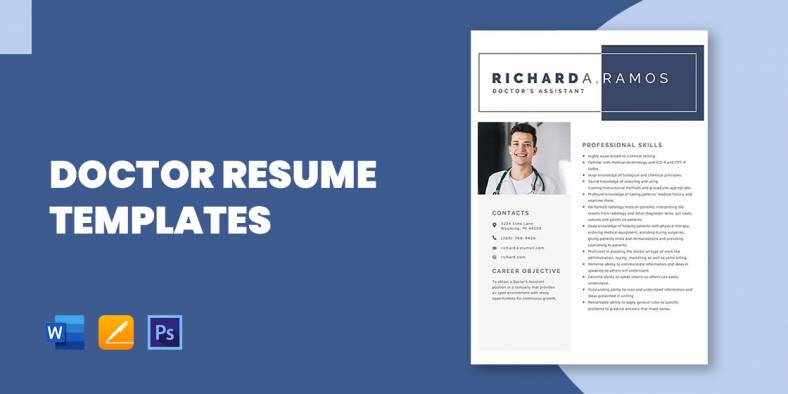
Hospitals will never be a caring place without doctors and nurses; they are the primary health care provider that provides…
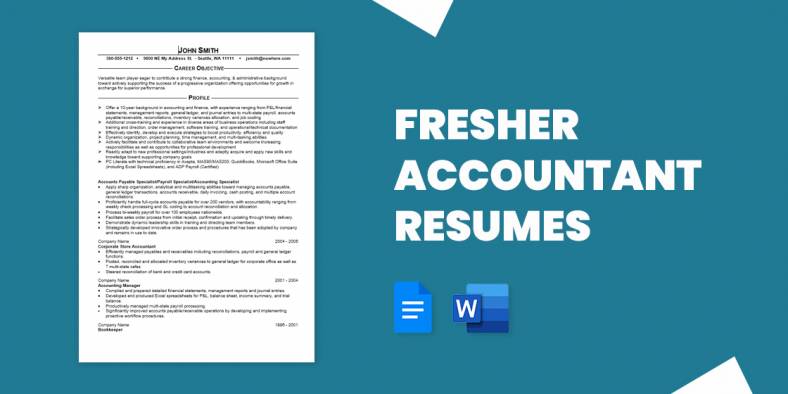
Many fresh graduates find themselves staring at a blank screen as they try and piece together their sample resumes. Those…
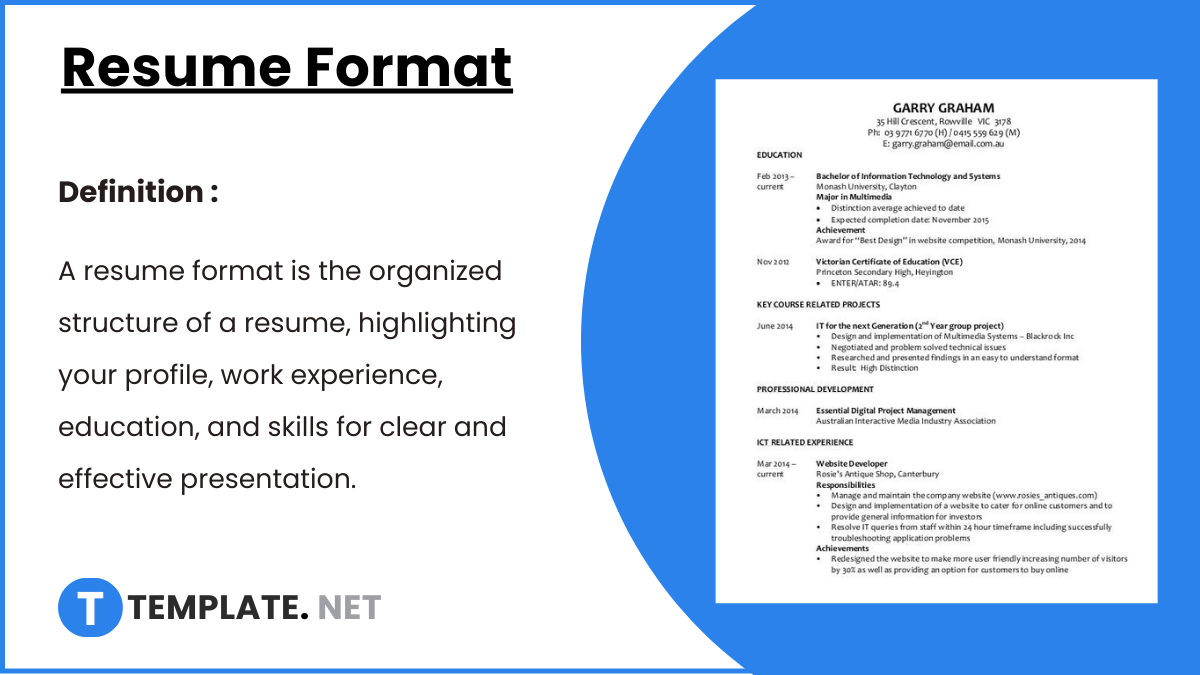
A resume format serves as the blueprint for showcasing your skills, experience, and qualifications effectively to potential employers. Choosing the…
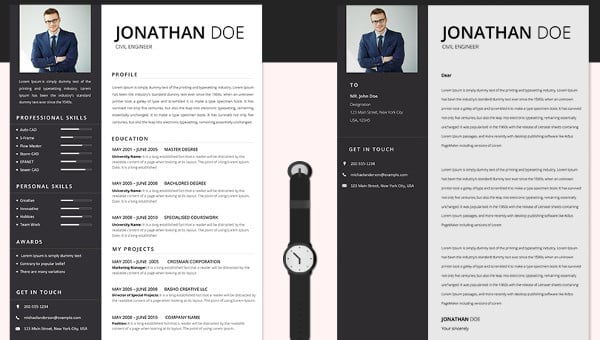
Appear more credible by highlighting your internship and professional experience, technical skills, and other student achievements in your CV with…

The computer science industry presents a bustling career scene today which is even speculated to grow by 15 percent by…